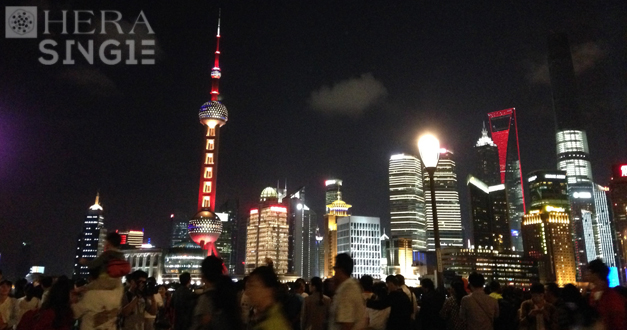
This section is about Penn’s presentation paper, “An Affective Home: Rural-Urban Migrant Women in Shanghai”, focusing on young rural migrant women who work in Shanghai’s food and beverage service industry.
What is “home” to rural-urban migrant women in post-socialist China? This presentation aimed to unpack the paradoxical processes of home-making by focusing on the affective experiences of young, single migrant women working in the food and beverage service industry in Shanghai. Currently, there are 269 million rural-to-urban migrant workers in China. These rural migrant workers are known as the ‘floating population’ as they are people without hukou (‘household registration’) at their urban destinations.
This presentation asked: How is it possible for rural-urban migrant women to feel an attachment to “home” in Shanghai, a city that controls their physical presence and provides limited private space?
According to the census conducted in 2010, there are 4.8 million rural migrant men and 4.1 million rural women, working in Shanghai (Shanghai Women’s Federation, 2010). This number reflects a new migration trend: more women start working in Shanghai. As explained in the report, Shanghai’s industry focuses on second and third tier sectors, which highly demand labours on social service works. Shanghai’s low-skilled labour market is also segregated by age, as shown in some restaurants’ job advertisements: for servers, only young, single women are wanted.
My presentation was based on the self-narratives of young, rural migrant women, drawing on in-depth interviews with 12 rural migrant women, aged 21-31, working in the food and beverage service industry in Shanghai. In all interviews, I asked my participants the same question: ‘What is “home” to you?’ Three types of definitions recurred frequently: (1) Jia (home or family), (2) Laojia (hometown), and (3) affective home (a place associated with particular affective experience, such as relaxation, freedom, and satisfaction).
In the last part of my presentation, I focused on one particular rural migrant woman, Phoebe, a 21-year-old single migrant woman from Jiangxi, who has worked at a higher-class restaurant. Phoebe connected “home” in three different senses: (1) a sense of “home” attached to the hometown as a site for alienation that the young ones have to leave behind, (2) a sense of “home” as not a site for attachment but isolation in her workers’ dormitory which provides emotional comfort through a space of privacy that she created, and (3) a temporary sense of belonging and attachment through her company’s training such as the Confucian class.
I concluded that Phoebe’s company trainings could only create a temporary sense of attachment to her because she said that working in the restaurant is just for economic reasons and she aimed to learn English so that she can change to a better occupation. Phoebe reminds me of Lauren Berlant’s definition of precarity as a “condition of dependency” that “describes the situation wherein your tenancy on your land is in someone else’s hands” (Berlant 2011, 192). It may seem that Phoebe’s life is in someone else’s hands, yet in a city that provides limited private space but extensive opportunities for migrants, she learns that if she dances hard enough, she can grasp more money in Shanghai. There, her hands are perhaps not grabbing merely money, but a chance of empowerment, autonomy, and hope in the emergent state of precarity.
Reference:
Berlant, Lauren. Cruel Optimism. Durham & London: Duke UP, 2011. Print.
Report on Shanghai Women’s Development in the Past Sixty Years. Shanghai Women’s Federation & Shanghai Academy of Social Sciences. Shanghai: Shanghai Academy of Social Sciences Press, 2010. Print.